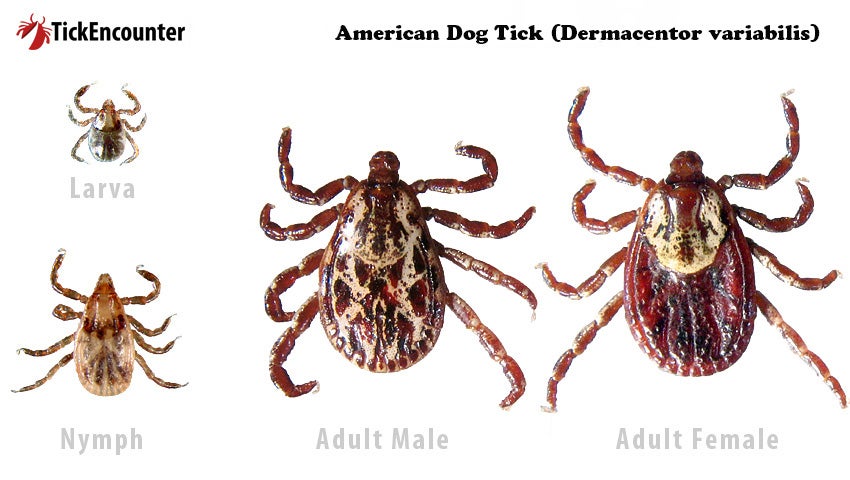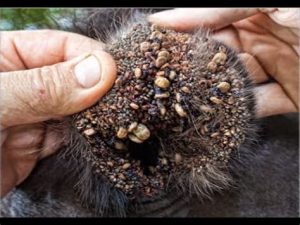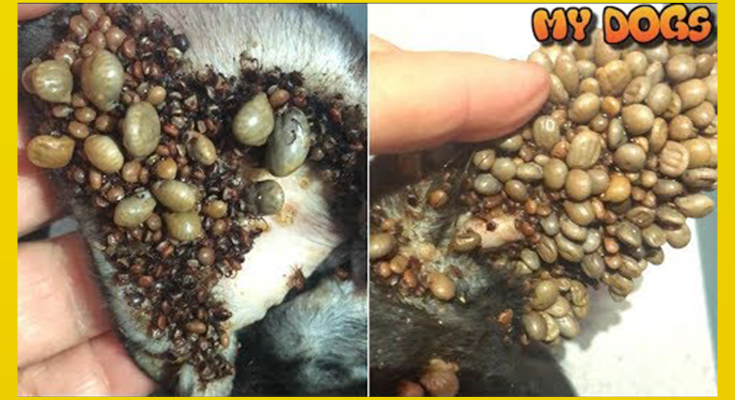

American dog ticks are found over most of North America, predominantly along forest edges and in areas with little or no tree cover, such as grassy fields and scrubland, as well as along walkways, sidewalks, and trails. American dog ticks are 3-host ticks (use 3 different hosts in their lifecycle) feeding on people and a variety of animals ranging in size from rodents to livestock. Adult stages prefer medium-sized hosts, including racoons, skunks, cats, dogs and other canids. Larvae and nymphs mainly infest small mammals including mice, voles, rats, and chipmunks. Nymphs and adults can transmit Rocky Mountain Spotted Fever and lesser pathogenic spotted fever group germs as well. They also transmit the germ causing Tularemia. American dog ticks can survive for up to 2 years at any given life stage if no host is found.
Finding a tick on your dog can be a scary and sometimes gross experience. Ticks are known transmitters of many serious illnesses, including Lyme disease, which can also spread to people. However, there are several ways you can help prevent and treat ticks on dogs. Read on to learn more about ticks, treatment and prevention, and the major illnesses they can cause.
Tick Life Cycle
Ticks are a parasite that can be found anywhere outside, however, they tend to frequent wooded or grassy areas the most. Brush, tall grasses, and leaf litter all make perfect hiding spots for ticks, where they can easily latch onto prey that brushes past their spot. Most ticks will choose a specific host, such as humans, deer, or dogs, however, some ticks will choose any host that walks by. A tick’s life stage can also change what hosts they seek out.
The tick life cycle can last three to four years. Ticks start as eggs, which are laid by an adult female tick after a blood meal. Unlike fleas, eggs are not laid on the host body, but instead in the environment. After several weeks to a few months, the eggs will then hatch into a larva. Summer is when most ticks hatch into larvae, however, they can also hatch during particularly warm periods of other months. After hatching, they’ll seek out their first blood meal, usually on smaller mammals that wander nearby.
After a feed, ticks then transition into the nymph stage. They will search out more blood meals through a method called “questing”, which involves raising the front arms to attach to a host that walks past. The nymph stage is also when many tick-borne diseases can be transmitted to the host via blood meals. After feeding as a nymph, ticks transition to their adult stage, and will attempt to feed again in the fall, or go dormant and feed again in spring. In between meals, ticks will mate and lay eggs, starting the cycle over.

What Do Ticks on Dogs Look Like?
Ticks can be tricky to spot sometimes. Here’s what to look for when checking for ticks, as well as symptoms your dog may have been bitten.
Appearance
A feeding tick can often be mistaken for a mole or even a nipple on your dog’s body. Ticks bury their head under the skin as they feed, leaving their back end sticking out. Often, this looks like a hard, round, black or brown spot. As the tick feeds, it will begin to engorge with blood, growing in size. Once the tick is done feeding, it detaches from the host body, leaving behind a small wound where it fed.
Symptoms
Your dog may attempt to scratch or bite at a tick as it is feeding, as the process can be itchy or irritating. After the tick has left, you may also notice a small wound, or a “bulls-eye” red mark surrounding the bite site. Tick-borne illnesses can present with several similar symptoms as well. These include fever, lethargy, loss of appetite, physical pain, or paralysis. In addition, some diseases may cause internal organ damage such as kidney disease. These problems can present with changes in thirst, urination, and bowel or eating habits.



